In 1325 C.E. the wandering Mexica tribe known to us as the Aztecs founded their great city of Tenochtitlán. According to legend, they had been told by the gods to build their city in the spot where an eagle, perched on a cactus, would be seen eating a snake. The symbols were found in an region of lakes and islands, the area that would become today's Mexico City.
Despite the drawbacks of the marshy, snake infested land, Tenochtitlán flourished. The Aztecs used irrigation to grow crops throughout the year and made 'floating gardens' by filling shallow areas of the lake and anchoring the soil with trees. They built extravagant palaces and a structured city, with canals forming part of the defense system.As their city grew stronger the Aztec warriors extended their powers over neighboring territories, gaining tribute payments and most importantly, human hearts for sacrifice.
The Aztecs believed that it was necessary to feed the gods with human hearts in order to ensure that the sun would rise every day. It was important in battle to seize as many live prisoners as possible, these unfortunate victims would then be held captive until they were required for sacrifice. Then priests would rip their hearts out of their bodies, still beating, and throw the bodies down the steps of the temples. Human sacrifice was actively practiced when Cortés arrived at Tenochtitlán, and this contributed towards his desire to raze the city. On the site of each flattened temple, he resolved to build a church. Today the remains of Tenochtitlán lie beneath the foundations of Mexico City. The site of the great temple, Templo Mayor, lies adjacent to the Cathedral and has been excavated, but many more Aztec ruins lie buried forever.


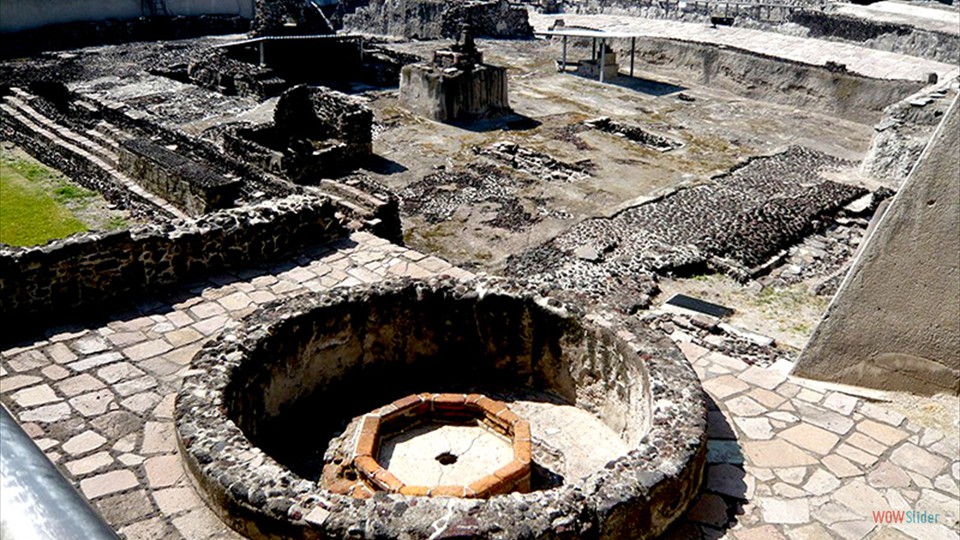
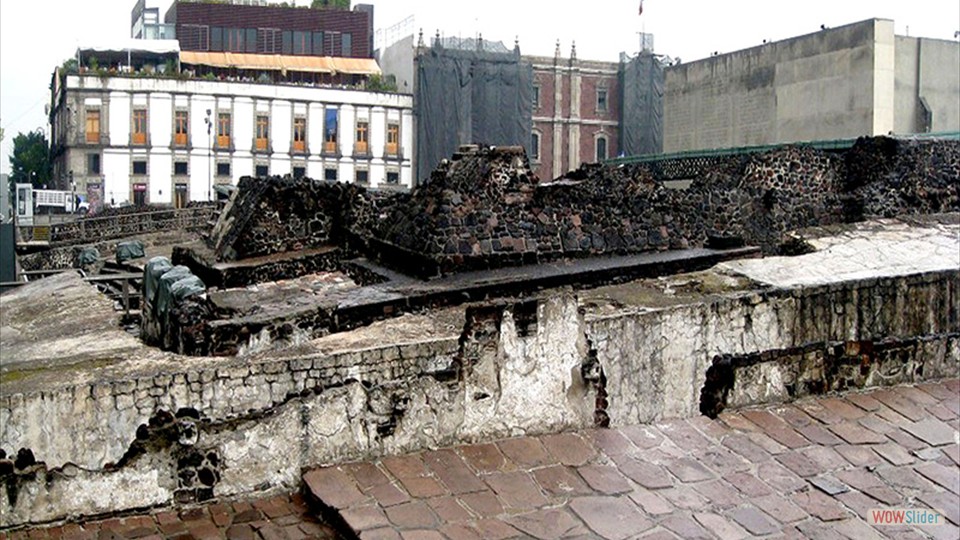
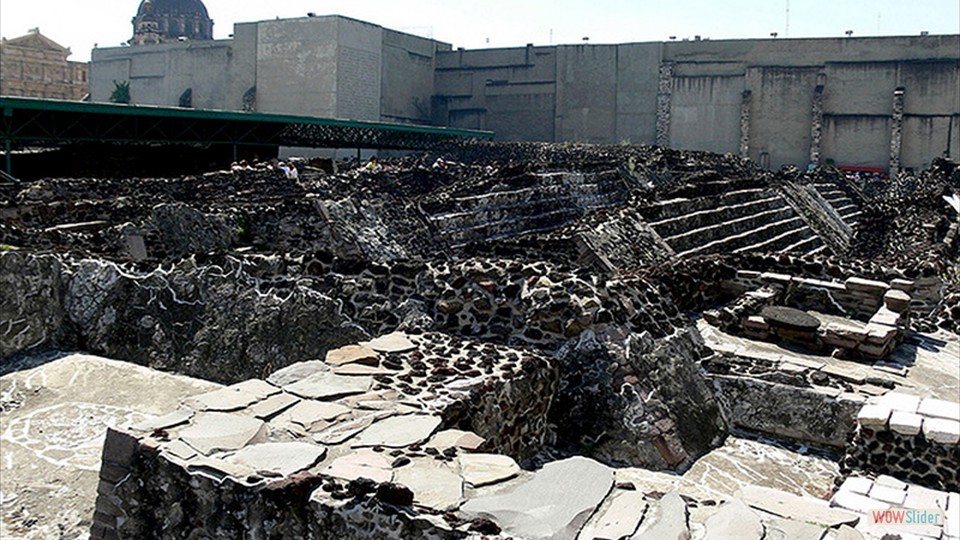
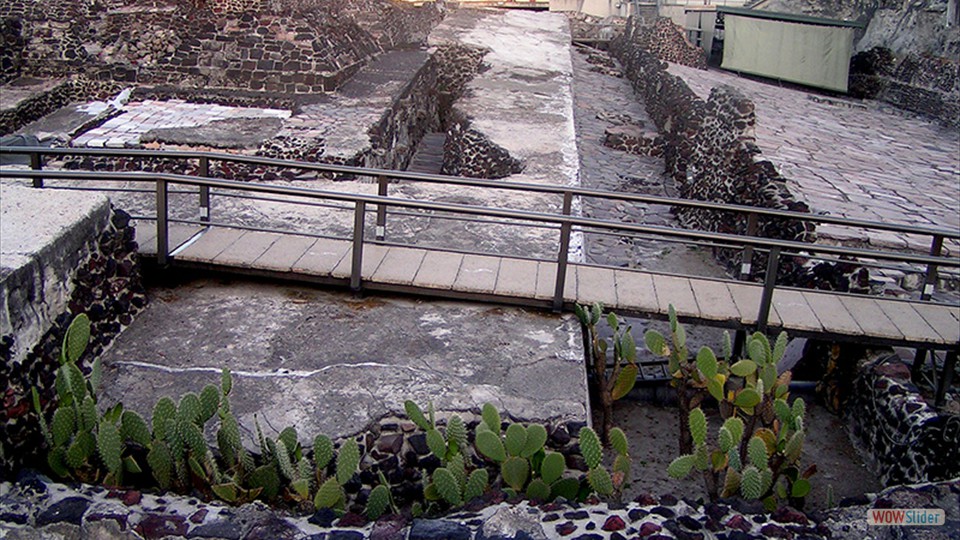
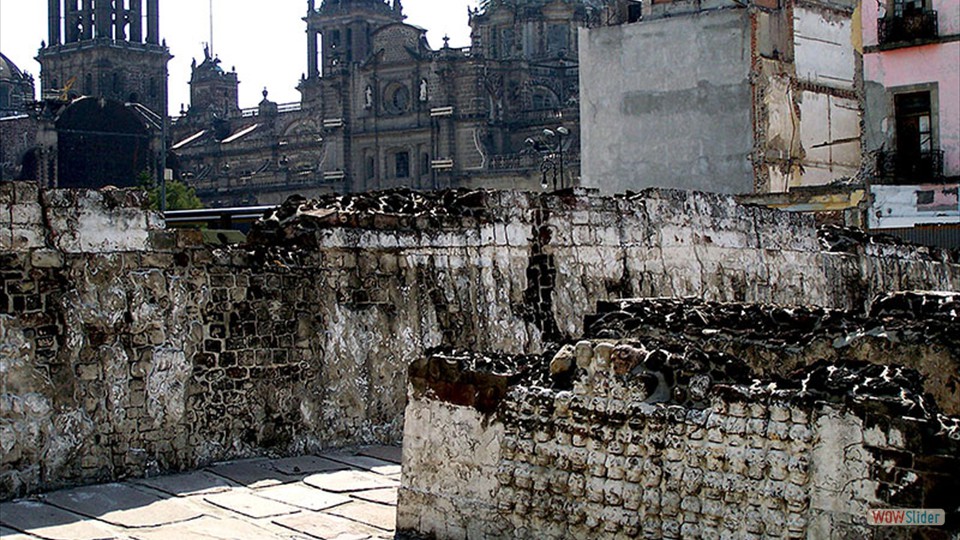

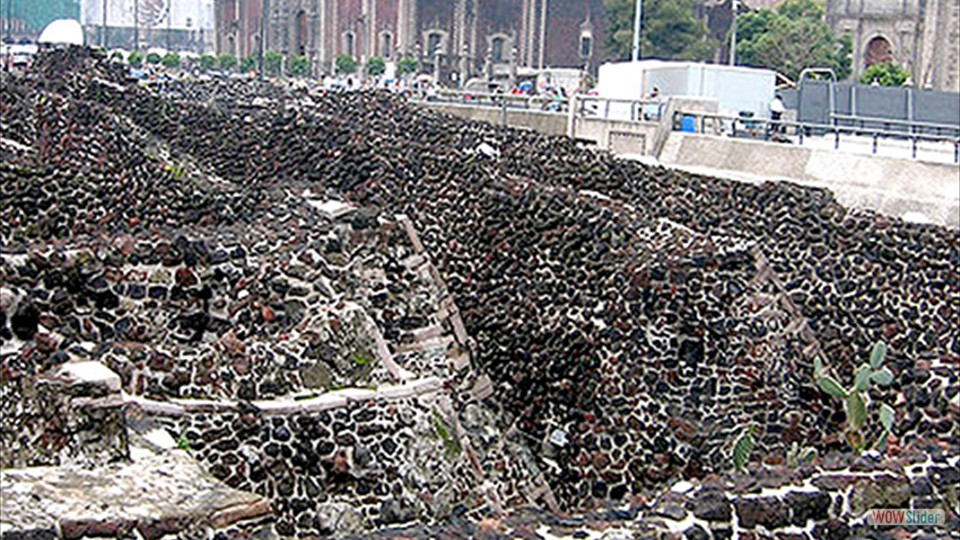

 1
1 2
2 3
3 4
4 5
5 6
6 7
7 8
8 9
9